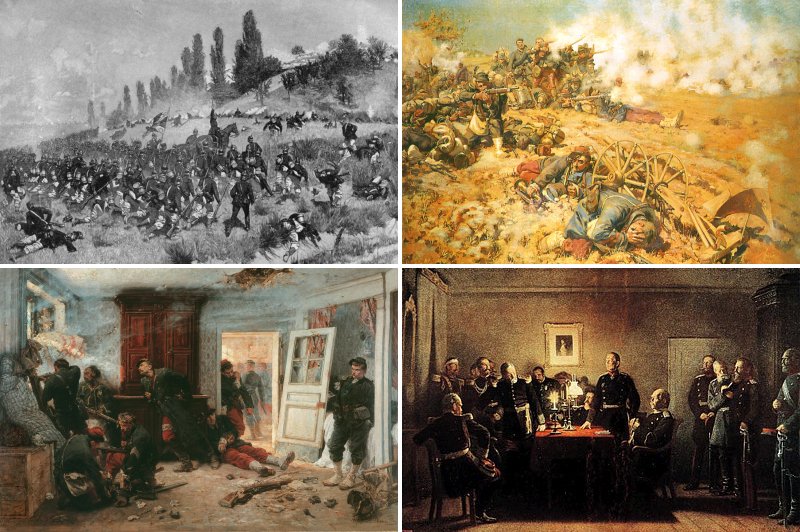Getting the battlefield effects and relationships of these weapons and each side's tactics is critical for representing the period.
However, a couple of principles:
- Close combat includes (indeed primarily is) close range fire combat. Those instances, for example, where infantry stopped cavalry cold with rapid fire at 100m will be represented as a part of the charge/defend cycle. Why? Because measurements under a centimeter are fiddly.
- Range and fire effect breaks should be the same for both sides. That does not mean that performance should be the same for all weapons for any range, but that if, for example, the needle-rifle gets a particular fire effect in the 0-300m range, the Chassepot should not have it's best range band from 0-400m. Why? Because this creates narrow sweet-spots which are both fiddly to measure and not, as far as I can tell, actually exploited historically.
Weigle (1870) notes that the Chasspot was sighted to 1200m, but with an effective range of at most 500m. This is in general agreement with other sources. There are example of longer range fire being effective. One should note that the Prussian Guard was stopped 700-800m from the french line at St. Privat.
The Dreyse, in Comparison, was sighted to about 600m but considered effective under 300 - and German practice was to not fire above that range.
There were a number of other rifles used in the conflict - the Podewils, system tabatiere, various rifles obtained by the Republic from overseas sources - but the most important can be modeled as one of the two main weapons.
This suggests a set of range bands like this:
| Close | Effective | Long | Extreme | ||
| Dreyse | Melee | 300 | 600 | ||
| Chassepot | Melee-300 | 600 | 900 | 1200 |
Now, the problem with this is that it only allows for technology. Under 300m, most sources agree that German fire discipline and marksmanship training was superior.
The von Tschischwitz Kriegsspiel makes another interesting point. Men did not stand by under fire. According to the Kriegsspiel, men in a firefight under 300m would only hang around for less than 2 minutes (one Kriegsspiel turn). His table goes out to 20 minutes at 700-800m.
This does suggest, with 1-2 hour turns, that fire combat is part of a process of combat that starts with troops entering the beaten zone with some definite objective in mind, and that the success or failure of that objective should be resolved before the turn ends. In this conflict, we actually have an interesting asymmetry. The French actually have the option to advance on the Germans with the intent of entering fore combat without the Germans being able to fire back.
I must think more on that. In the next post, however, I will look at artillery performance.
